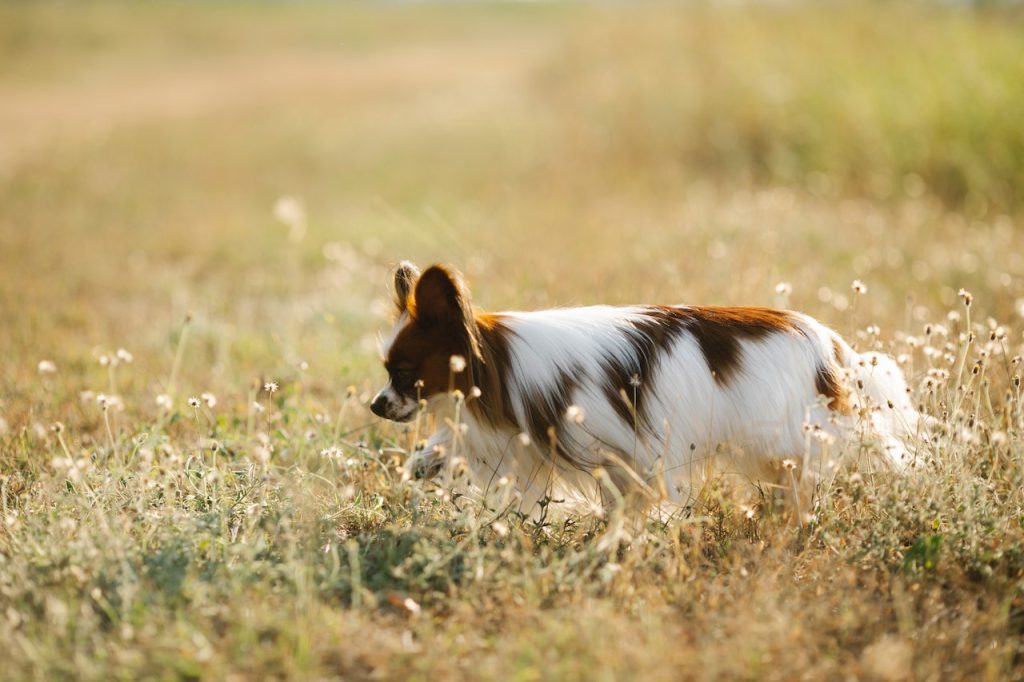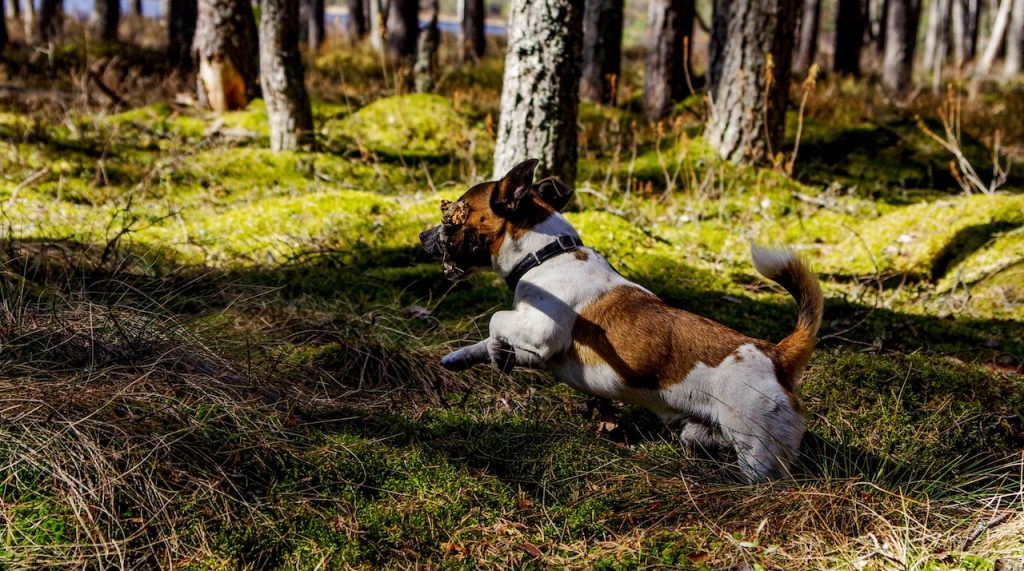Fleas and ticks are not just a nuisance for your furry friends but can also pose health risks to both pets and humans. Preventing these pests is crucial for maintaining a safe and comfortable environment. In this comprehensive guide, we’ll explore various methods and expert insights on how to prevent fleas and ticks effectively.

How to Prevent Fleas and Ticks
Understanding the Enemy: Fleas and Ticks
Before diving into prevention methods, it’s essential to understand the adversaries we’re dealing with. Fleas are tiny, blood-sucking insects that can quickly infest your pets and home. Ticks are arachnids that attach to their hosts, potentially transmitting diseases. These parasites thrive in warm and humid environments.
Identifying Flea and Tick Hotspots
To prevent infestations, you must identify common hotspots for fleas and ticks. These include tall grass, wooded areas, and contact with other infested animals. Knowing where your pets are at risk helps you take proactive measures.
Regular Grooming and Inspection
Regular grooming and inspection of your pets are crucial steps in prevention. Brush your pets’ fur to remove any pests and check for signs of infestation, such as redness or excessive scratching.
Topical Preventatives
Utilize topical preventatives like flea and tick drops prescribed by your veterinarian. These products provide long-lasting protection by repelling or killing pests upon contact.
Flea and Tick Collars
Flea and tick collars are convenient options for prevention. They release active ingredients that deter pests and can be a reliable addition to your pet’s preventive routine.
Yard Maintenance
Your yard can be a breeding ground for fleas and ticks. Regularly mow the lawn, remove tall weeds, and consider pest control treatments to reduce the risk of infestation.
Environmental Treatments
Treat your home environment with pet-safe flea and tick sprays. Focus on areas where your pets frequent, such as bedding, carpets, and furniture.

Vacuuming and Cleaning
Frequently vacuum and clean your home to remove eggs, larvae, and adult pests. Dispose of the vacuum bag properly to prevent reinfestation.
Natural Remedies
Explore natural alternatives like diatomaceous earth, essential oils, and herbal sprays. These can be effective and safe options for prevention.
Professional Pest Control
If an infestation becomes overwhelming, consult a professional pest control service. They have the expertise and tools to eradicate the problem safely.
FAQs about Flea and Tick Prevention
Are fleas and ticks a year-round concern?
Yes, fleas and ticks can be active year-round in warmer climates. However, they are most prevalent during spring and summer.
Can I use human-grade flea and tick products on my pets?
No, it’s essential to use products specifically designed for pets, as human-grade products can be toxic to animals.
What are the signs of a flea or tick infestation in my home?
Signs include excessive scratching, redness, visible pests on your pet, and small black or brown specks (flea dirt) in your pet’s fur.
How often should I groom and inspect my pet for fleas and ticks?
Regularly groom and inspect your pet at least once a week, and more frequently if they spend a lot of time outdoors.
Can I prevent fleas and ticks without using chemicals?
Yes, natural remedies like diatomaceous earth, neem oil, and cedar oil can be effective in preventing pests without chemicals.
Are ticks dangerous to humans?
Ticks can transmit diseases such as Lyme disease. Prompt tick removal and proper hygiene after outdoor activities are essential for human protection.

Preventing fleas and ticks is not only about your pets’ comfort but also their health and yours. By following these comprehensive prevention methods and staying vigilant, you can create a pest-free environment for your family and furry companions.
Read more blog posts!



